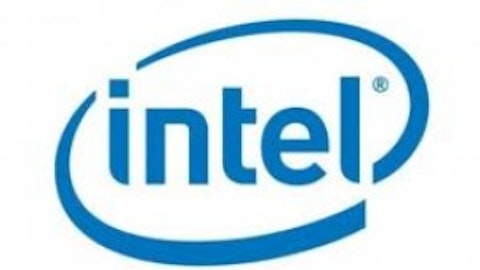The one outlier is B of A’s erratic earnings. At the end of last year, Moynihan stressed the significance of this, telling Rick Rothacker of Reuters that the bank needs to prove it can produce consistent earnings in order to gain permission to return more capital.
“The element that is sort of unique to us is the predictability of the earnings stream,” Moynihan said. “We are working to get through that.”
The biggest drag has been the massive legal liability that it inherited by means of its 2008 acquisition of Countrywide Financial. As I discussed at length in this comprehensive series on B of A’s legal problems, the bank has already forked out more than $35 billion to this end, and it could have anywhere between $15 billion and $25 billion more to go beyond allocated reserves — the latter range assumes a favorable conclusion to this settlement.
The importance and unpredictability of B of A’s earnings was underlined in the most recent round of stress tests, the results of which were announced last Thursday — click here to access our extensive coverage of the stress tests. As I’ve discussed, under the central bank’s most extreme economic scenario, B of A’s net income for the nine quarters spanning the fourth quarter of 2012 through the end of 2014, came in at a staggeringly negative $51.8 billion. By means of comparison, the analogous hypothetical losses at the three other too-big-to-fail lenders — JPMorgan Chase & Co. (NYSE:JPM) , Citigroup Inc. (NYSE:C) , and Wells Fargo & Co (NYSE:WFC) — came in at $32.3 billion, $28.6 billion, and $25.7 billion, respectively.
Why’d the bank hypothetically lose so much? According to the Fed’s calculations, the $24.1 billion in pre-provision net revenue that B of A would record would be more than offset by $49.7 billion in loan loss provisions — that is, money set aside to cover future losses from souring loans. An additional $14.1 billion in losses would stem from trading activities, and $13 billion from a variety of other sources.
Suffice it to say, if this scenario came to fruition, then it seems reasonable to conclude that B of A would be in dire need of previously generated capital. This is why Moynihan identified earnings as the potential hurdle to an increased payout.
Come Thursday, then, will shareholders be rewarded with a bigger dividend? Despite the earnings issue, my guess is that they will, but I’ve be wrong before.
The article The Time Is Here: Will Bank of America Raise Its Dividend? originally appeared on Fool.com and is written by John Maxfield.
John Maxfield owns shares of Bank of America. The Motley Fool recommends Wells Fargo. The Motley Fool owns shares of Bank of America, Citigroup, JPMorgan Chase, and Wells Fargo.
Copyright © 1995 – 2013 The Motley Fool, LLC. All rights reserved. The Motley Fool has a disclosure policy.



